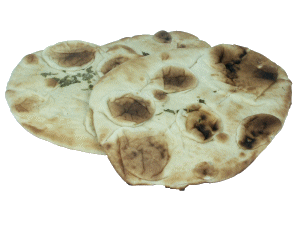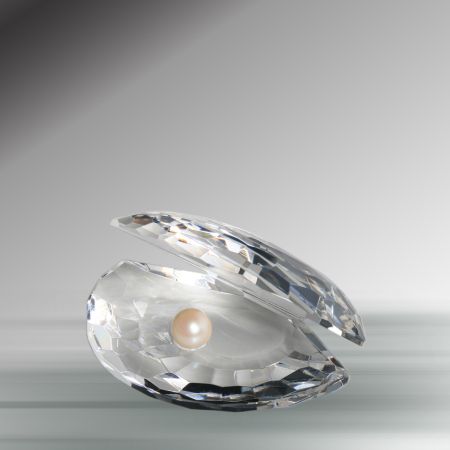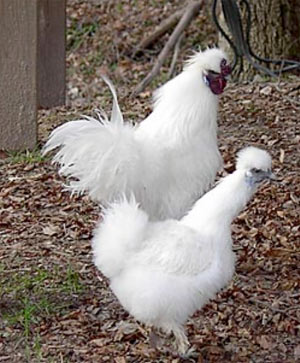>nutty fruity kashmiri naan

Dinner this evening at Flavors of India. It is actually in Berkeley, although a few steps away it's Rockridge, Oakland. A thoughtfully decorated space. A white minimal box -formerly a no-frills pizza place- warmed up somewhat with tall curtain panels, palm leaf ceiling fans, a small wall mural, soft lighting and candles.
How snug I felt sitting in that space sipping Maharaja premium pilsner, looking out at attractive streetscape, anticipating yummy dishes.
I wish I could tell you everything was really delicious, and what a bargain!
A bargain it is, if you choose right. But I am afraid I didn't choose well tonight. Despite a grand sizzling introduction, the $13.99 tandoori mix grill was rather mediocre, and the $6.99 veggie masala was nothing special. Vegetable pakora appetizer was certainly a bargain at $2.99.
Vegetable pakora appetizer was certainly a bargain at $2.99.
I would have to say the best tasting "dish" tonight was kashmiri naan. Slightly cardboard-textured naan stuffed with nuts and berries. The lovely taste of ghee was intoxicating and it was so flavorful I ate 3 of them, cardboard or no cardboard. I didn't need any dessert either, since it was rather sweet.
To be fair, this restaurant is better than most Berkeley Indian, and I will give it another try.
>Kashmiri naan, leavened bread stuffed with cherry, raisins, coconut and nuts, Mehak Indian Cuisine, Berkeley, CA
>Kashmiri naan, dry fruit and nut bread - Copper chimney, New York, NY
>Kashmiri naan, white bread filled with dry coconut, dry fruits & nuts - Chutney's, Castle Rock, CO



















